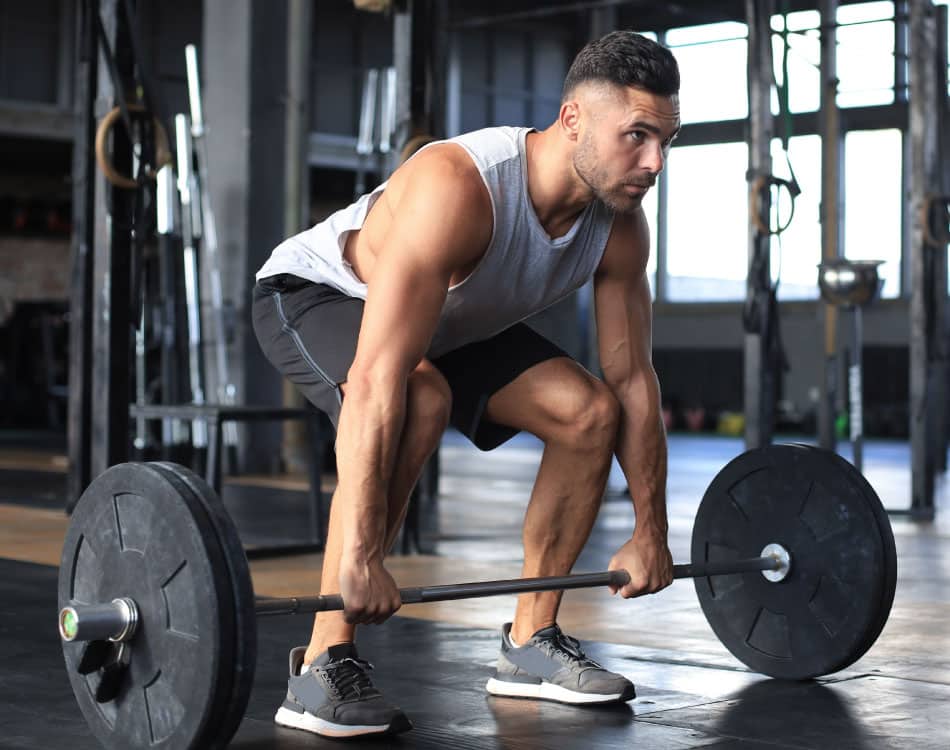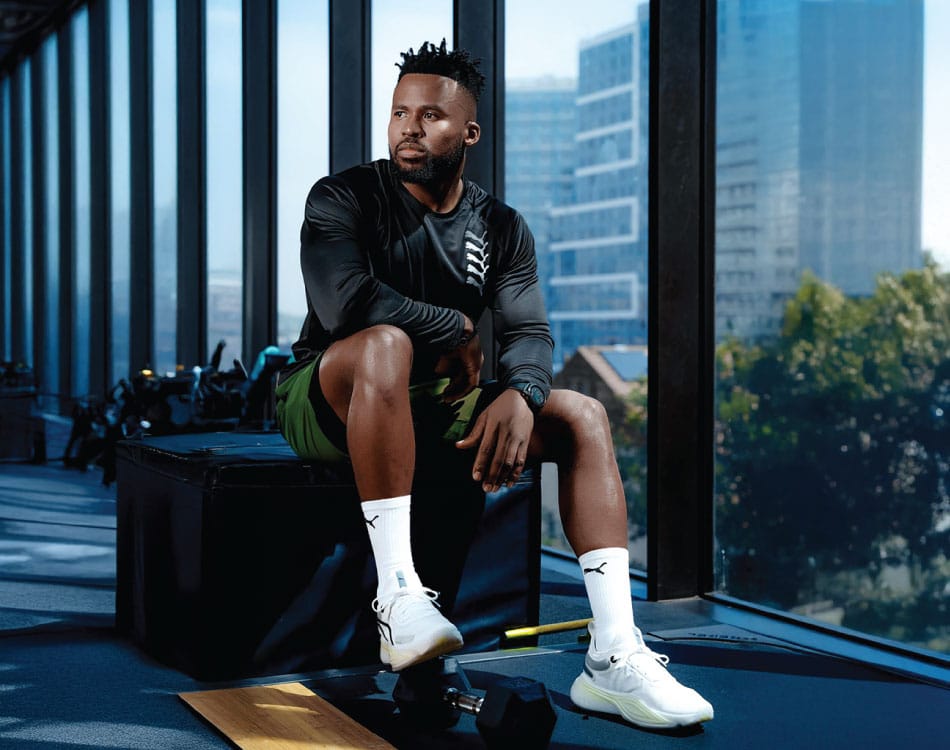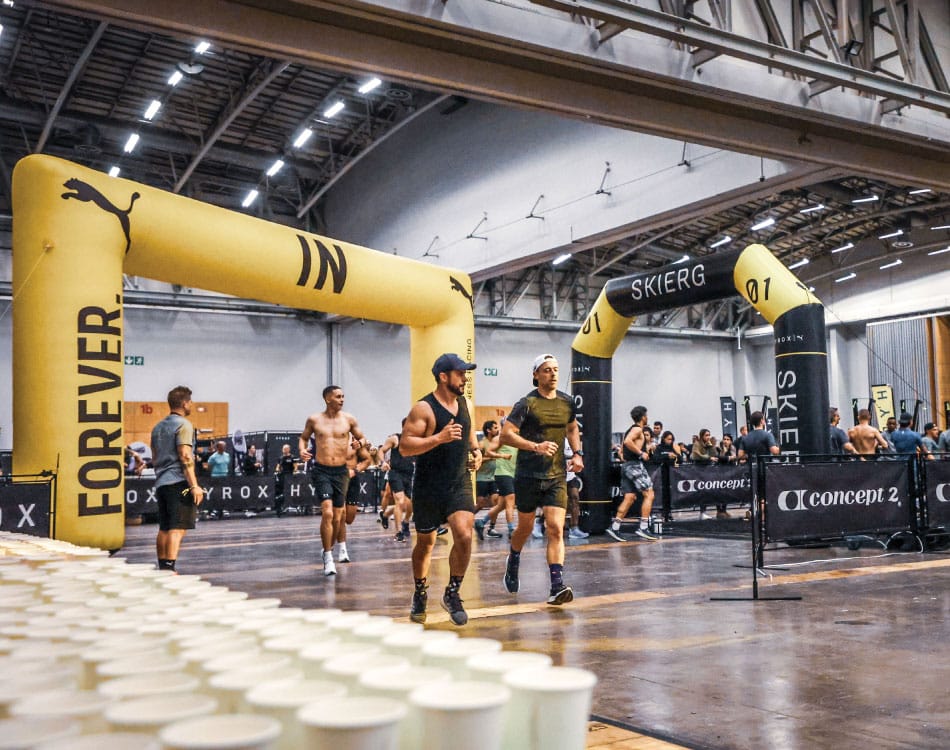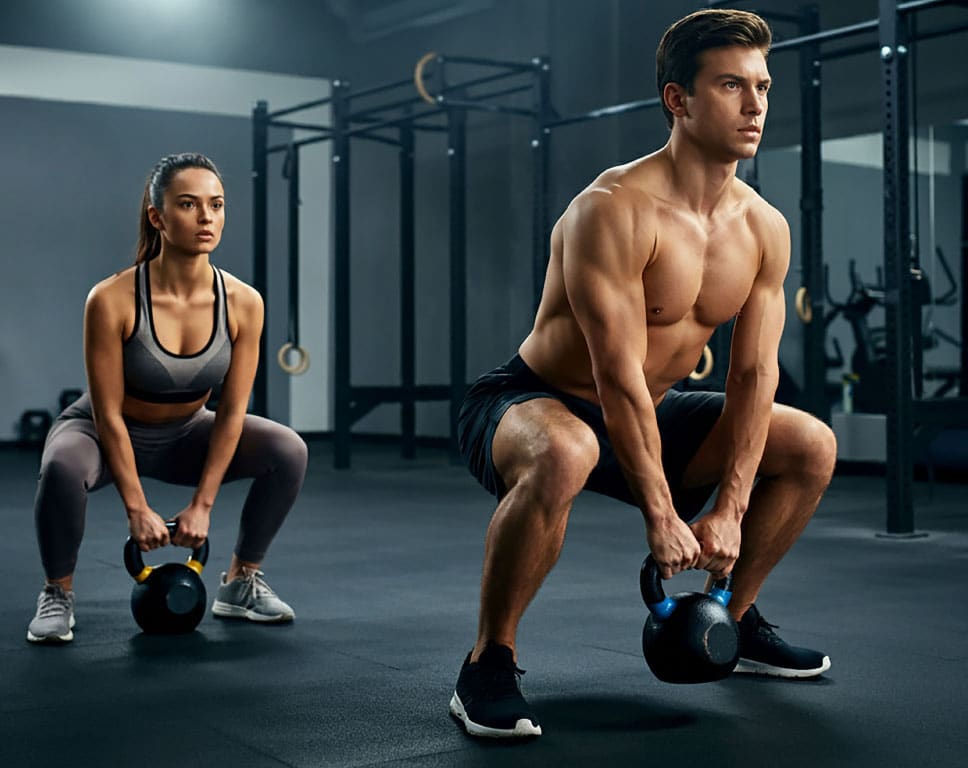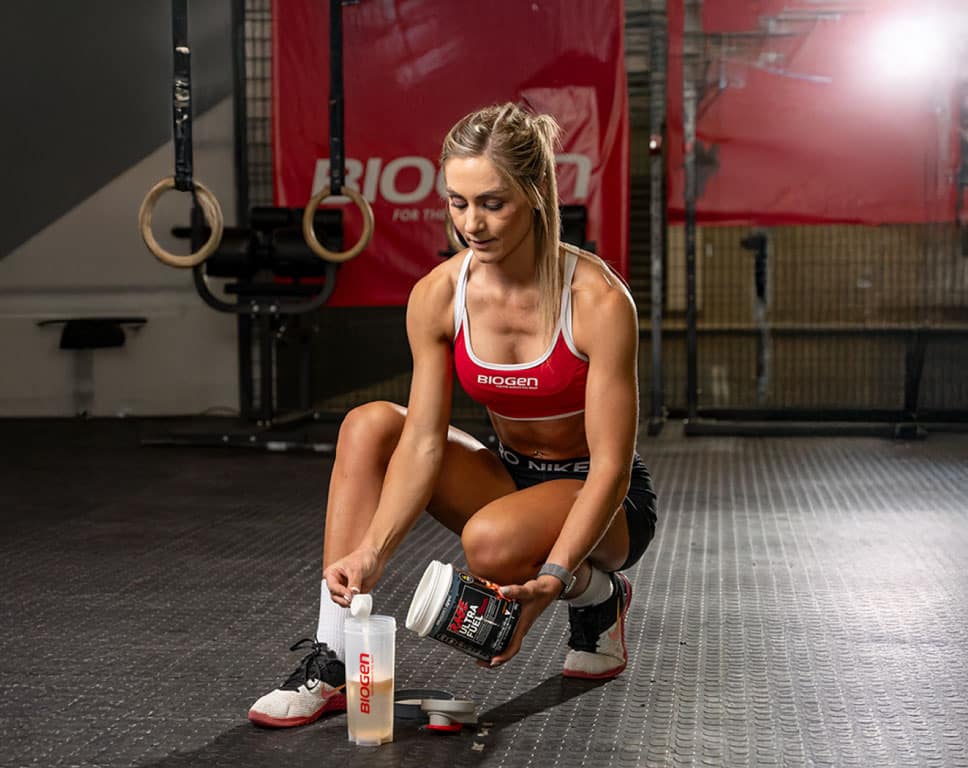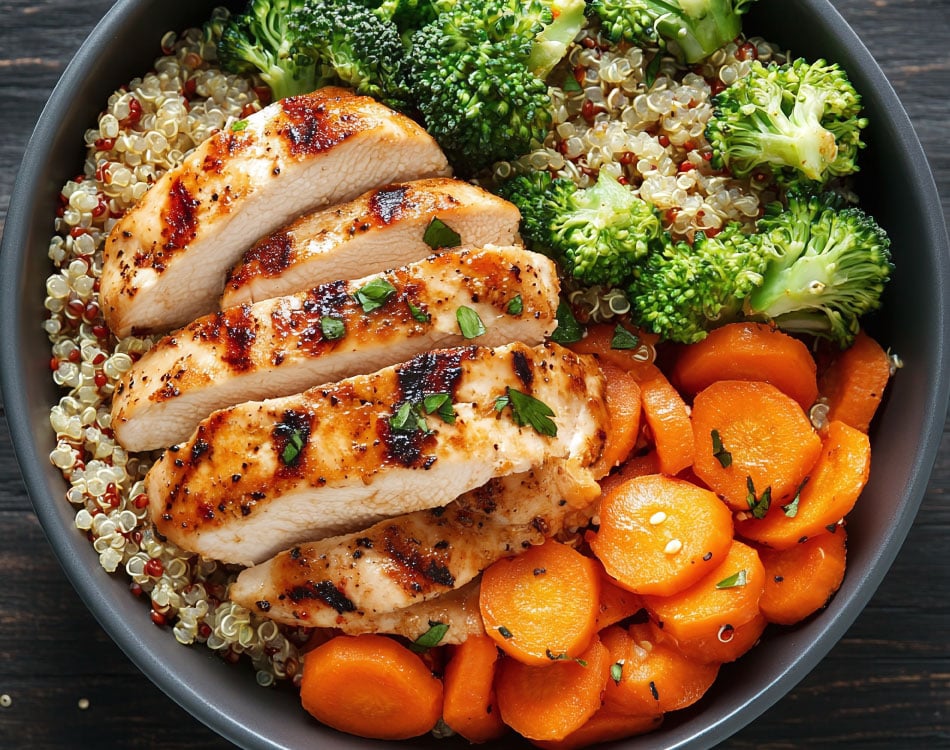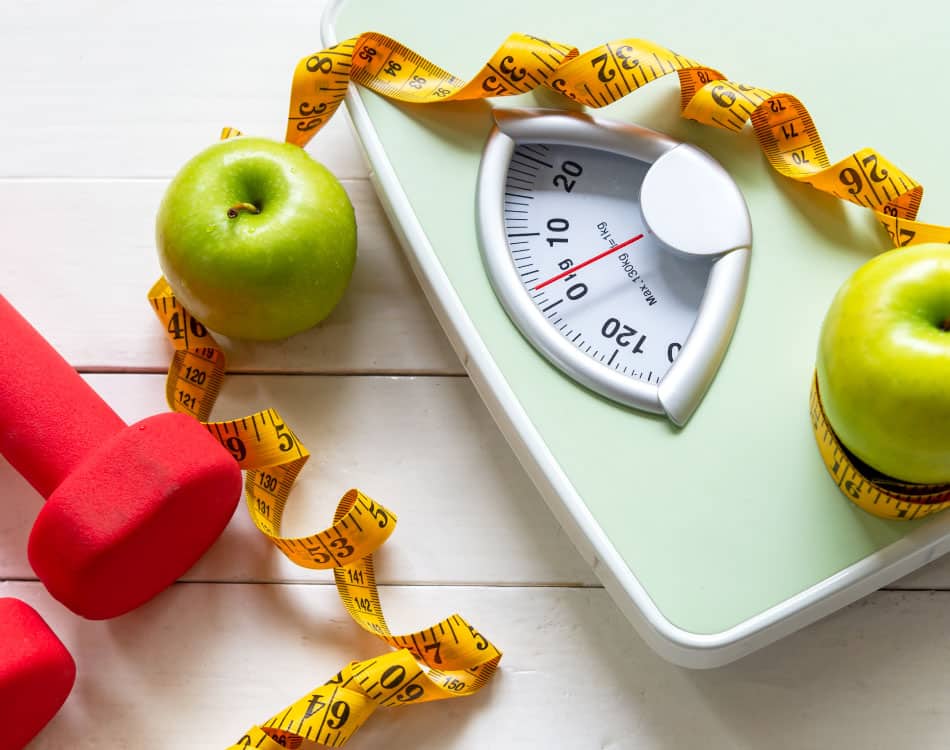While the physiological mechanisms that drive muscle growth are complex, your approach doesn’t have to be.
But with so much information available on the internet and on social media platforms, it can be confusing when formulating the most effective muscle-building plan. When your aim is to build quality lean muscle, follow these 15 simple tips to ensure success…
1. Lift for size, not strength
Building muscle isn’t about lifting the heaviest weights, it’s about promoting the correct anabolic response. While hypertrophy (increased muscle size) and heavy weights are intricately linked, your tempo and form are important factors to consider. Lifting in a slow, controlled movement is what you need to create the optimal muscle-building response.
2. Fuel muscle growth
Muscle growth is all about feeding your muscles with the right amount and the right kind of macronutrients between hard training sessions. By doing so, muscle cells are rebuilt, bigger and better than before. This requires a regular protein intake from meals and supplements, ideally every three hours to ensure a steady supply of amino acids to recovering muscles.
4 ways to pack in more protein
3. Use a full ROM
Lifting a weight through a complete range of motion (ROM) activates the most muscle fibres to deliver the greatest anabolic response from your training. Save partial reps for after a strict set of full ROM reps to increase your training volume and intensity.
4. Recharge energy reserves between sets
Lifting heavy weights depletes energy. Without sufficient rest between sets, your body won’t restore depleted ATP reserves – the primary fuel source needed for short, intense muscle contractions. As a consequence, you won’t be able to perform at the right intensity to stimulate muscle growth during subsequent sets. Take up to 90 seconds between sets to recover for the greatest impact.
5. Create a growth environment
Adequate sleep, sufficient rest between sessions, a high-protein diet and the intelligent use of supplements will ensure that your body has what it needs to grow and recover between training sessions.
Neglecting any element in this ‘growth matrix’ constrains your gains.
6. Prime soft tissue for growth
Stretching and mobility work seldom take priority in a training program. However, mobility exercises before and some stretching and rolling after a training session help to keep muscles supple while counteracting weight training’s muscle-shortening effects to maintain symmetry and balance.
This accessory work also restores mobility to the structures around the muscle, like tendons, ligaments and joints, which increases your ROM and lowers injury risk.
7. Start the repair process sooner
The conventional protein supplement approach is to down a whey shake immediately after your training session to deliver a fast-acting dose of essential amino acids.
However, a growing body of evidence suggests that drinking highly bio-available protein supplements before and during a workout have a similar effect. This approach may even limit muscle damage during a session by increasing circulating amino acid levels.
Limit muscle loss, boost recovery with a peri-workout supplement plan
8. Maximise absorption
Providing muscles with sufficient protein will fail to deliver results if your body can’t effectively assimilate and absorb the amino acids. Digestive issues that slow down or speed up the digestion process can hamper your muscle-building efforts.
As such, maintaining optimal gut health is an important step in the muscle-building equation. Follow a diet that is rich in fibre and supplement with prebiotics, probiotics and digestive enzymes to boost your body’s ability to break down, absorb and utilise the protein.
9. Stay hydrated
Dehydration limits your performance in the gym and negatively affects your metabolism as many important metabolic processes can only occur in the presence of water. This severely limits your ability to build serious muscle.
Sweat science: How conventional thinking around optimal hydration is shifting
10. Get your diet on point
You can’t out-train a bad diet, so extra weight lifting sessions won’t create the body you want if your diet isn’t on point. If your approach in the kitchen isn’t as comprehensive as your approach in the gym, then you’re wasting your time.
11. Cycle your training
Most gym-goers who follow traditional bodybuilding-type programs fail to periodise their training. This means they often follow the same routine for months on end, or simply change the order of the exercises they perform.
Without changes to volume and intensity, your muscles will eventually stop responding and the dreaded training plateau sets in.
To continue stimulating muscle growth, vary your training by progressively increasing your training load over a period. You then allow the body to adapt to the imposed demands during a compensatory period of lowered intensity or volume that normally lasts for a week or two. When you get back to pushing the heavy weights again, your muscles should respond with an outsized anabolic response.
12. Follow a holistic approach
There are numerous muscles that make up a muscle group, so don’t think of your back or thighs as a single unit. Consider each muscle group as an integrated unit comprised of multiple constituents and target them individually on a regular basis to maximise growth.
13. Focus on food first, supplements second
Supplements should be used to ‘supplement’ a nutritious, balanced diet. They can also be used to give you an edge in the gym and make healthy eating more convenient while on the go, but they cannot be the cornerstone of your nutrition plan aimed at increasing muscle growth.
14. Individualise your approach
Not everyone responds, in the same way, to weight exercises or programs as everyone is genetically different. As such, you may not respond optimally to your friend’s program. You need to find what works best for your body type, your genetics and your metabolism. Try different techniques and approaches over time, and don’t be afraid to experiment with the unconventional until you find the best approach for your body.
15. Let the magic happen
Above all else, remember that muscle growth happens between your gym sessions. Lifting weights introduces the growth stimulus and your diet and supplements deliver the building blocks needed to construct bigger, stronger muscles. However, this process can only happen during periods of rest and recovery.


